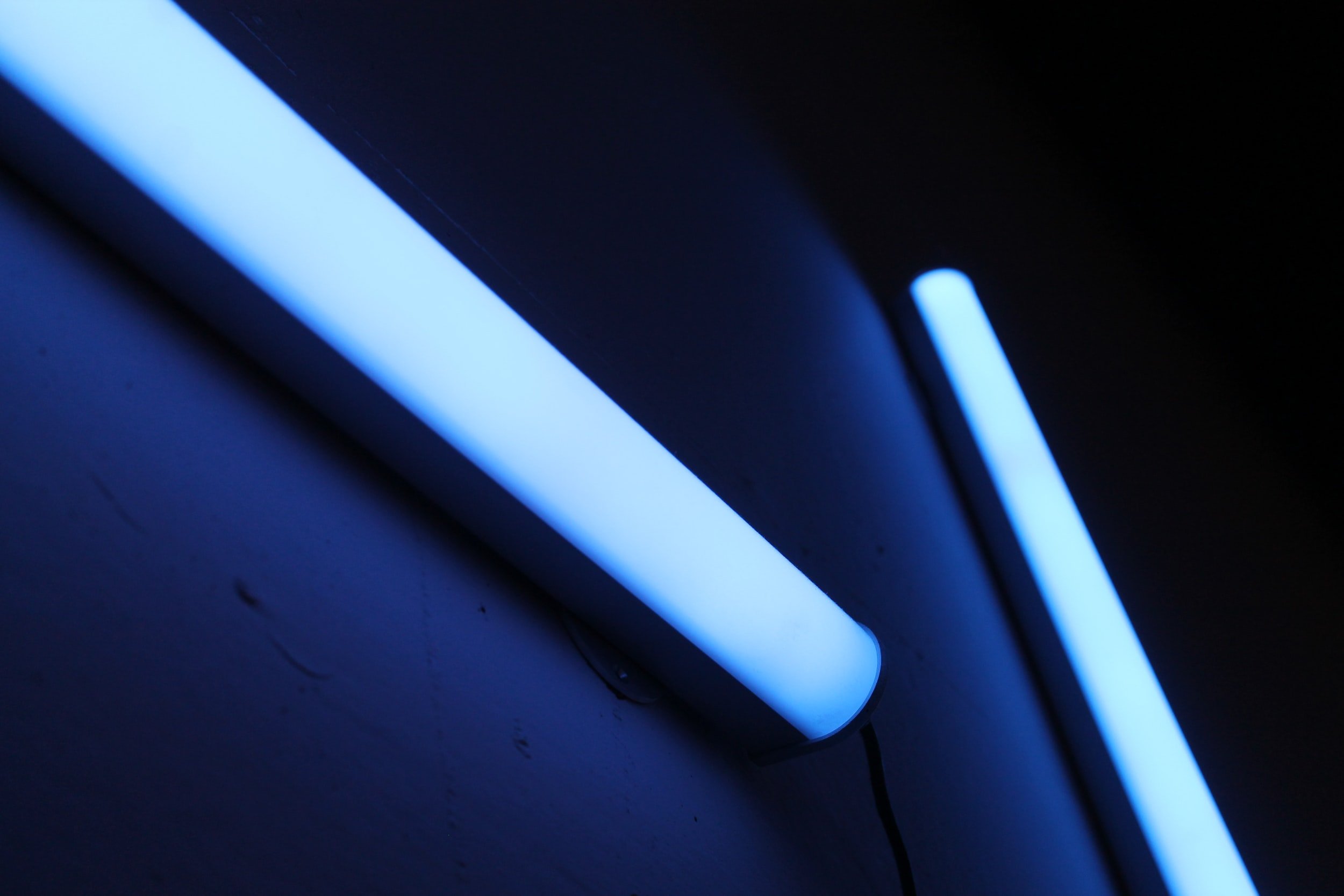
Technology
What is Aluminum Nitride?
Aluminum nitride (AlN) is a solid nitride of aluminum.
It has a high thermal conductivity and acts as an electrical insulator.
Aluminum nitride (AlN) and its alloys bring an unmatched combination of properties to high-performance electronic devices: wide bandgap, high thermal conductivity, and high voltage resistance. The wide bandgap is the best material for deep UV LEDs and high-power devices. At the same time, the high thermal conductivity and high voltage resistance enable faster heat conduction out of the device, allowing higher power operation without premature failure. However, aluminum nitride is a material that does not exist in nature, and its production requires very high temperature (>4000°F) reactions in specially designed manufacturing tools.
Aluminum Nitride is very difficult to manufacture in crystalline or coating form. Its unique combination of high thermal conductivity and electrical resistance enables the production of UV-C LEDs. AlON (Aluminum Oxynitride) enables tough, chemically, and electrically resistant coatings for thermal management and protective applications.
AlON Thermal Management Coatings
Heat generation from electronic devices is a rapidly growing problem for the microelectronics and optoelectronics industries. As device sizes shrink and performance increases, the ability to dissipate heat becomes a roadblock to further product advancements.
Our patented AlON coatings provide a solution to these issues. With a unique combination of high electrical insulation and low thermal resistance in layers only tens of microns thick, heat can be removed from electronic devices up to 80x faster than competing materials. This allows the devices to use less power and last longer while having higher performance.
NGI’s coatings can enable the next generation of RF, EV, laser diode, and data center products.


